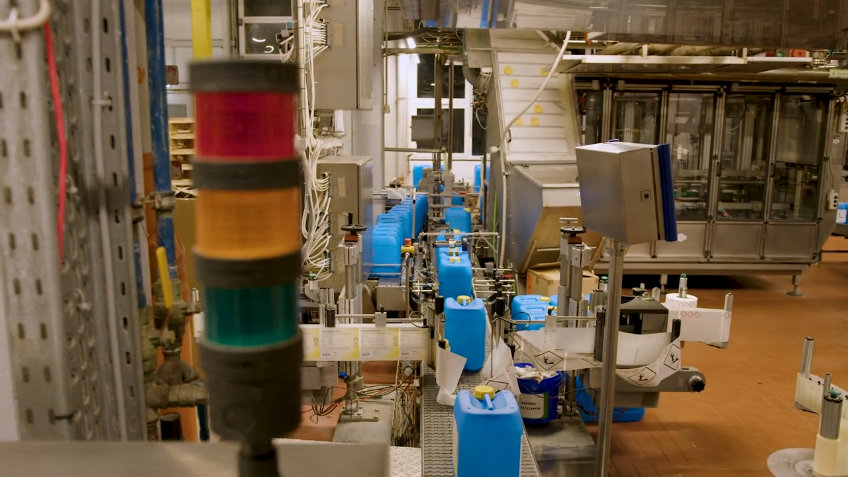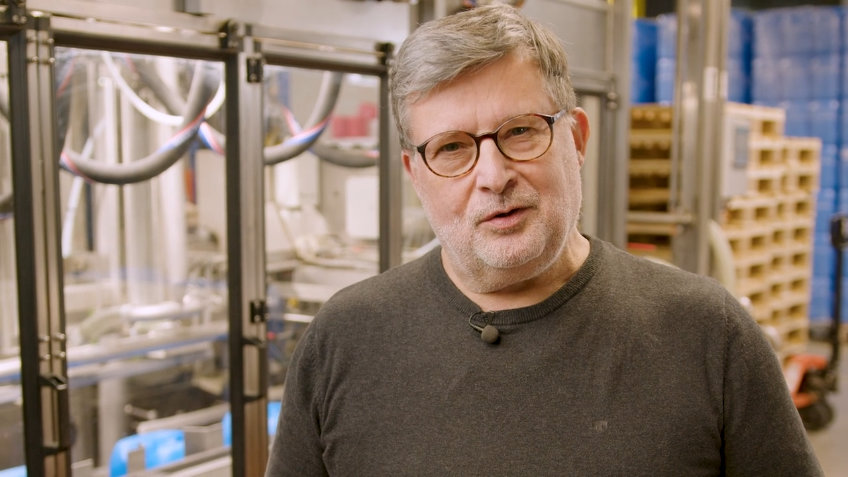Passivierung mit Zitronensäure — die bessere Alternative zu Salzsäure
With stainless steel passivation processes based on nitric acid, it is often not possible to meet new legal requirements or obtain environmental certification. So what can be done?
The use of nitric acid for passivation of stainless steel is complicated, cost-intensive and causes a high safety effort. At the same time, contracting out passivation is usually not a solution, as a special process is required for most products. Involving external service providers is expensive, logistically complex and, in addition, process control is often not given. Passivation with citric acid is the sustainable, safe, cost-effective and considerably more environmentally friendly alternative to nitric acid passivation.
For over 20 years, we at Citrisurf have been analyzing our customers' processes and helping them to establish local passivation with citric acid in their production facilities. The process is highly efficient and complies with ASTM and AMS standards. Our development and service departments in Oldenburg and in the USA can draw on more than 500 customer experiences in Europe alone.
The special feature is that in most cases we can integrate passivation into an existing cleaning process without much additional effort. In this way, you retain full process control. And at the same time, passivation tailored to your products improves their quality level in a sustainable and environmentally compatible manner.
If you are planning a conversion or introduction of passivation with citric acid, we will be pleased to help you!



